Verizon has begun the process of phasing out its 3G data network in order to move to 4G Long-Term Evolution (LTE) technologies. These new power technologies will provide far greater coverage and capacity, while using much less power (therefore ensuring long battery life). But, as it is with any technology advancement, the phasing out of the 3G network can have negative consequences for those who are not prepared.
Verizon will stop supporting 3G devices on its network by the end of 2019 and the other major carriers are not far behind. To prepare for this transition, we suggest you take an inventory of your instruments and devices and create a plan for upgrading to LTE-compatible equipment in order to avoid being left with “dark units” in the field.
The sun-setting of 3G carrier networks affects every customer using 3G devices, including the CDMA wireless modems that you count on every day for connectivity with your geotechnical, structural and environmental instruments. If you utilize the Verizon network, all of your devices must be capable of running on the 4G/LTE spectrum by December 31, 2019. If your devices have not been upgraded by this sunset date, they will not function. The negative impact to your business can be monumental, not to mention costly!
Many users may already be seeing diminished levels of service on the network, as Verizon is in the process of consolidating cell towers, channels, and services in order to free up space for its 4G-LTE service. This consolidation has already started to affect the ability of many 3G devices to receive a suitable cellular signal.
To avoid disruption, you should begin upgrading your equipment now. If you are operating on Sierra Wireless CDMA Cellular Modems (e.g. LS300 or RavenX models) you can upgrade to the new Sierra Wireless AirLink RV50 or LX60 LTE modems to connect your critical assets and infrastructure. Both are simple to install, easy to manage and ideal for industrial-grade applications in sensor monitoring and smart-city infrastructure.
For more information on the 3G sunset, Sierra Wireless has published a white paper.
Don’t wait until it’s too late! Start planning now.
Learn more about the Sierra Wireless AirLink RV50 and AirLink LX60 LTE Modems.
To see the Sierra Wireless AirLink RV50 in action, see the following product video:
-
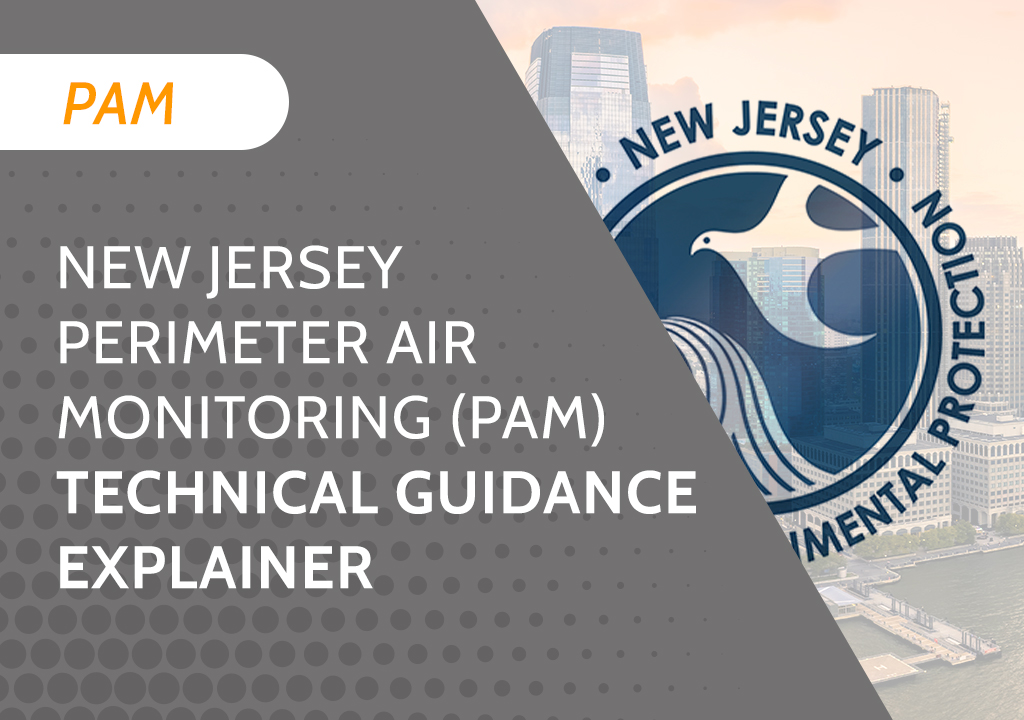 New Jersey Perimeter Air Quality Monitoring (PAM) Technical Guidance Explainer
New Jersey Perimeter Air Quality Monitoring (PAM) Technical Guidance Explainer -
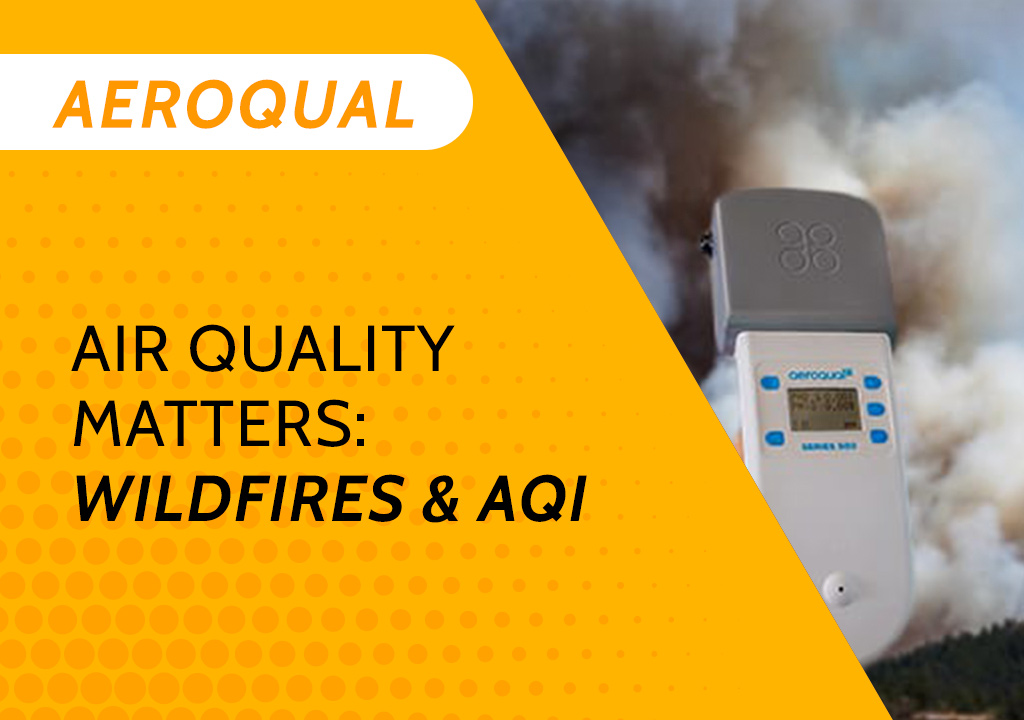 Air Quality Matters: Wildfires & AQI
Air Quality Matters: Wildfires & AQI -
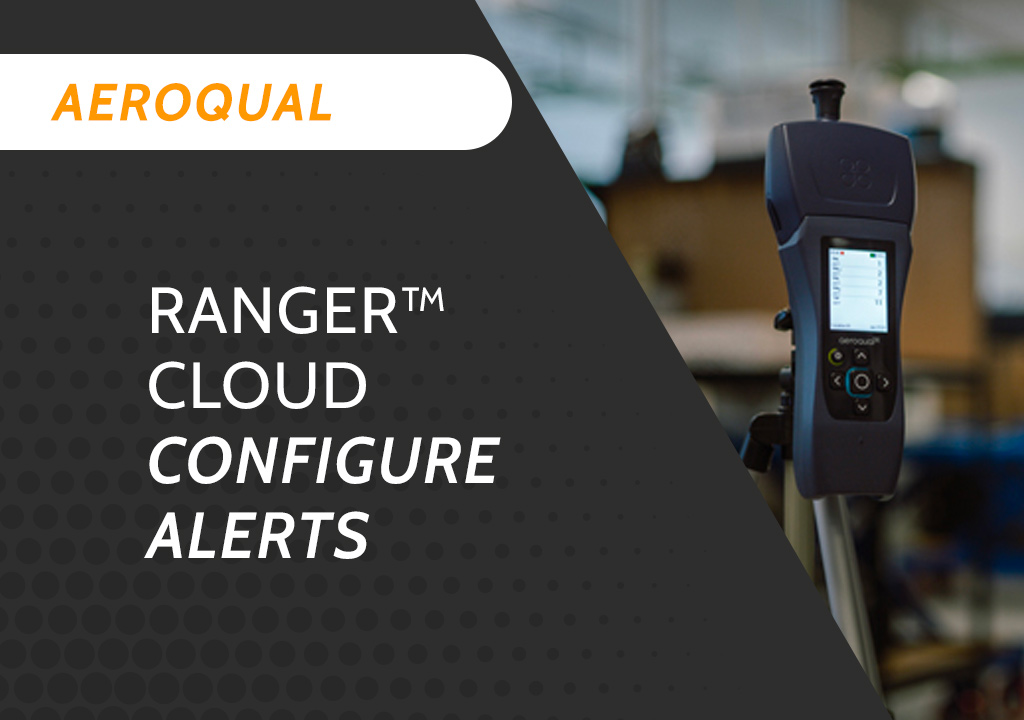 Aeroqual Ranger™ Cloud from Specto Technology - Configure Alerts
Aeroqual Ranger™ Cloud from Specto Technology - Configure Alerts -
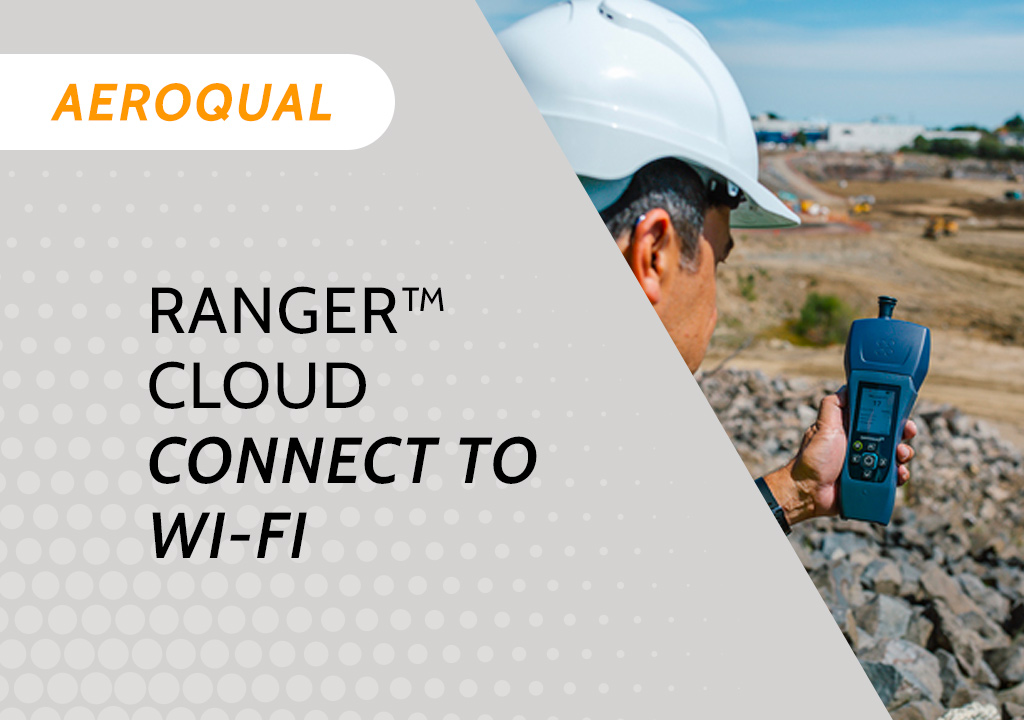 Aeroqual Ranger™ Cloud from Specto Technology - Connect to Wi-Fi
Aeroqual Ranger™ Cloud from Specto Technology - Connect to Wi-Fi -
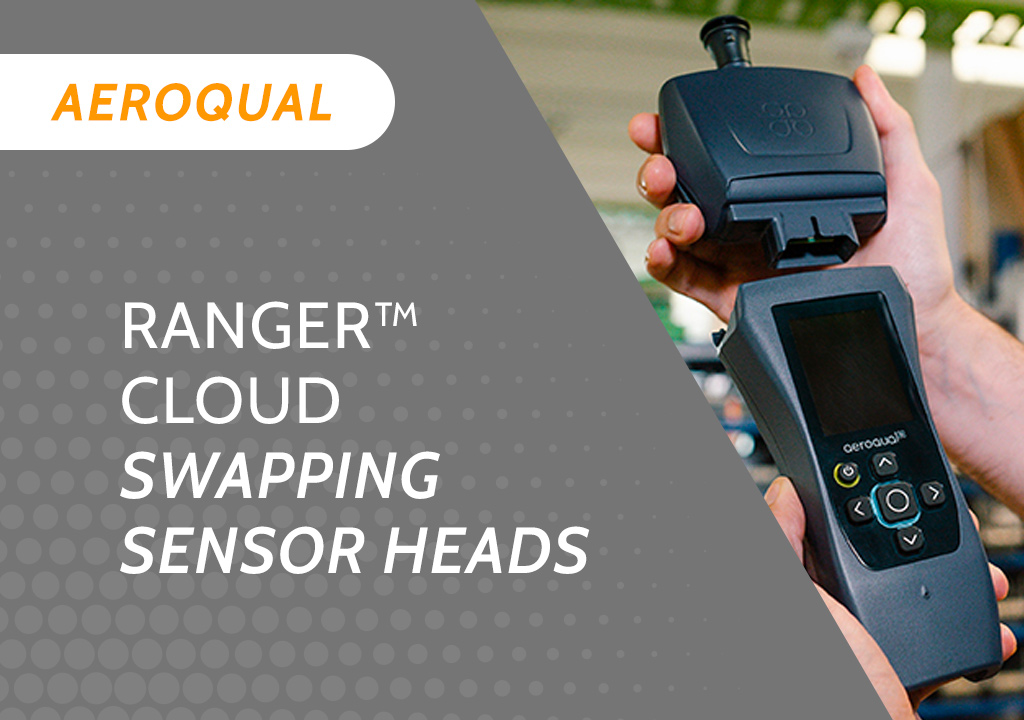 Aeroqual Ranger™ Cloud from Specto Technology - Swapping Sensor Heads
Aeroqual Ranger™ Cloud from Specto Technology - Swapping Sensor Heads -
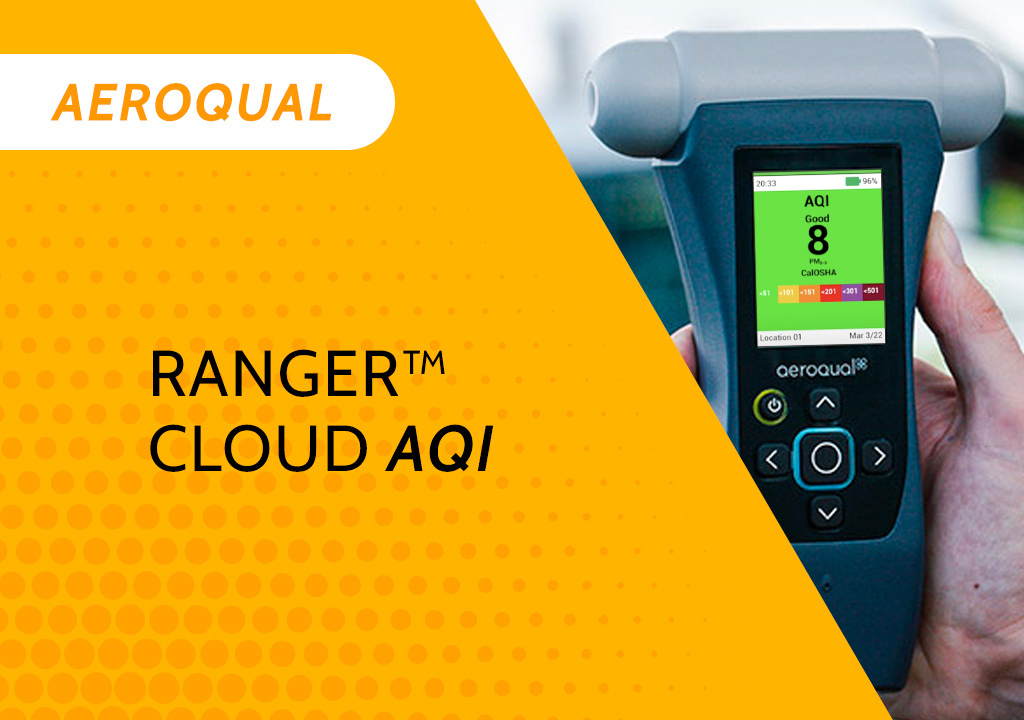 Aeroqual Ranger™ Cloud from Specto Technology AQI
Aeroqual Ranger™ Cloud from Specto Technology AQI -
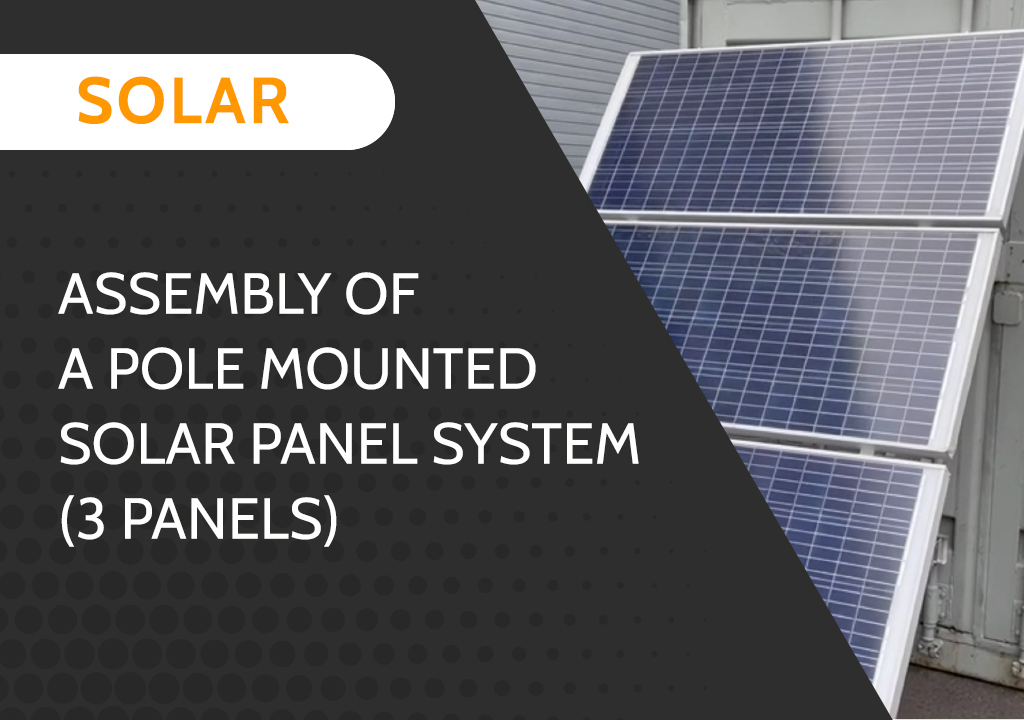 Assembly of a pole mounted solar panel system (3 panels)
Assembly of a pole mounted solar panel system (3 panels) -
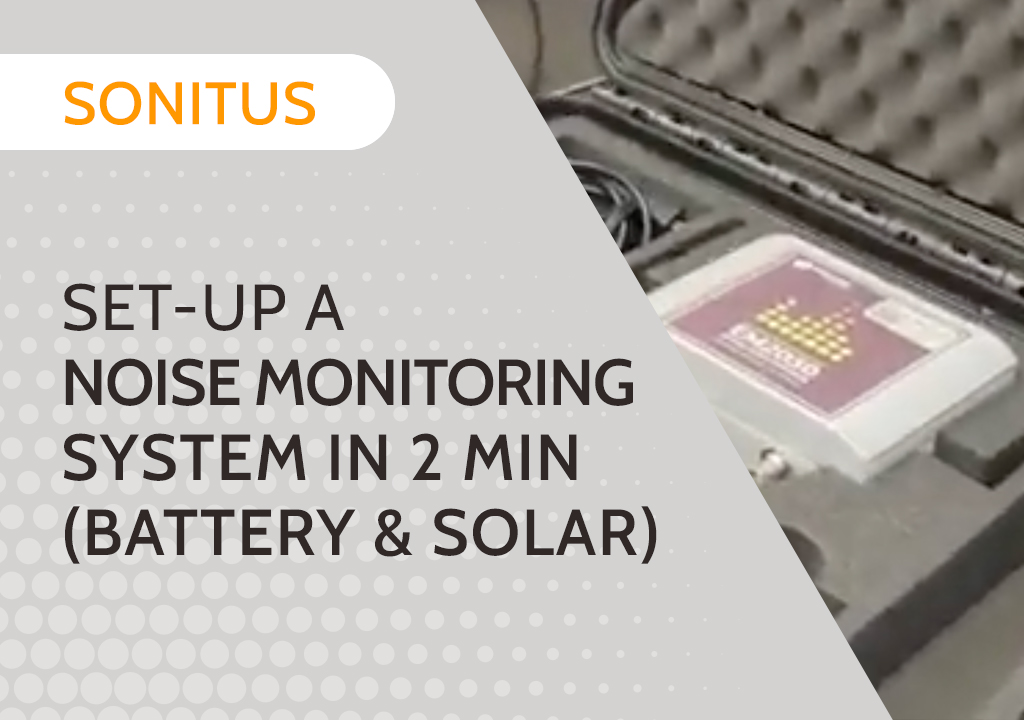 Set up a Noise Monitoring System in 2 min (Battery and Solar)
Set up a Noise Monitoring System in 2 min (Battery and Solar) -
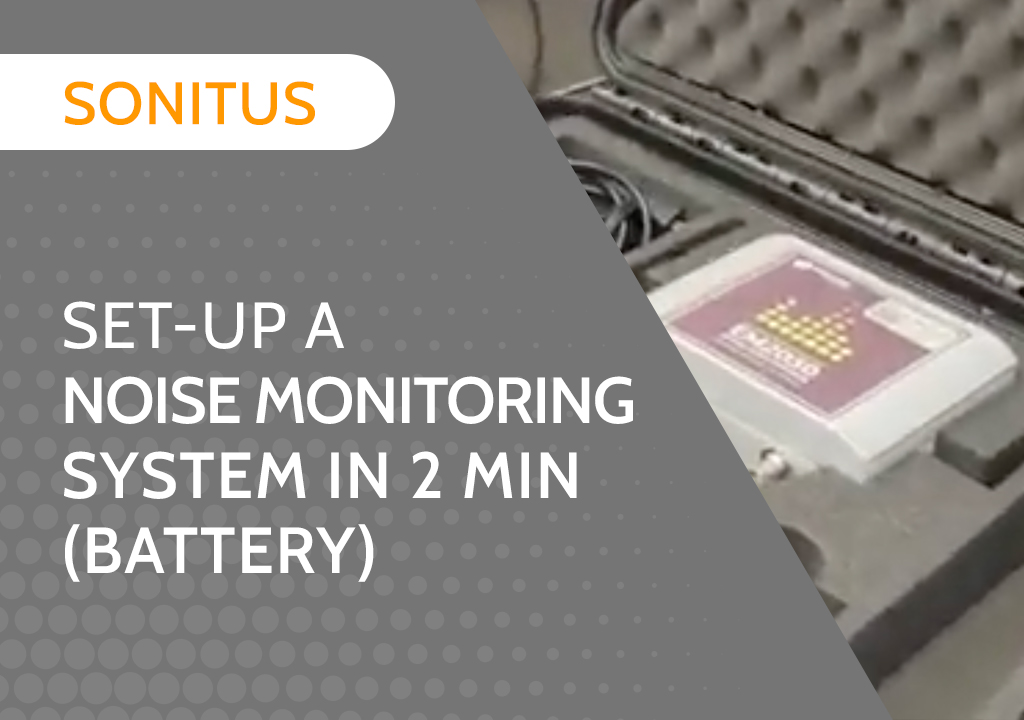 Set up a Noise Monitoring System in 2 min (Battery)
Set up a Noise Monitoring System in 2 min (Battery) -
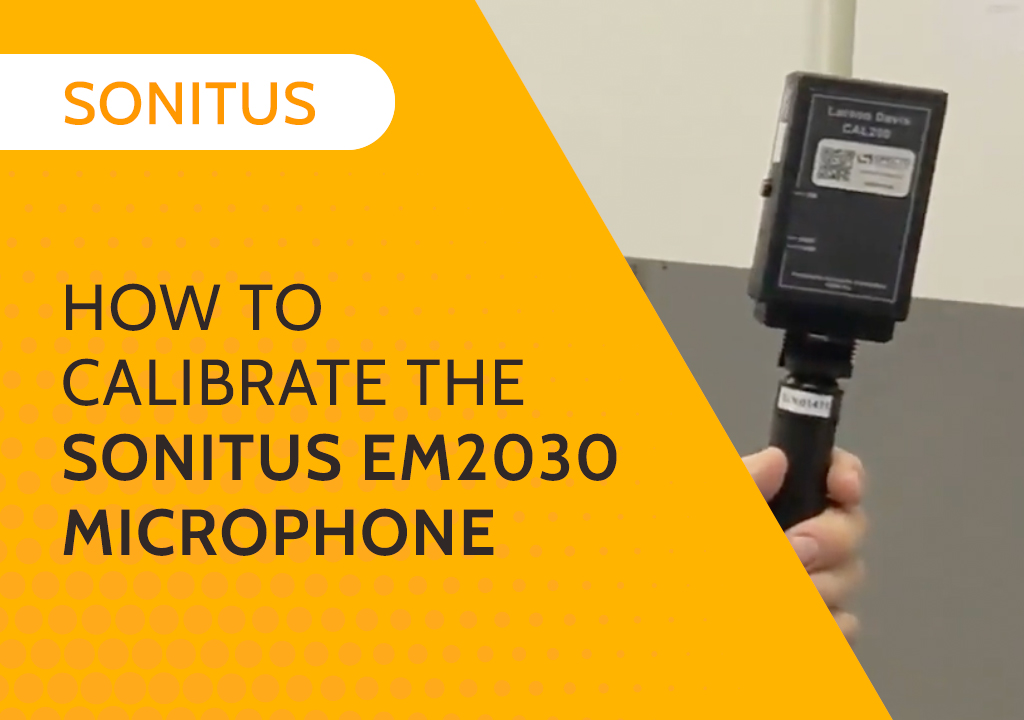 How to Calibrate the Sonitus EM2030 Microphone
How to Calibrate the Sonitus EM2030 Microphone
